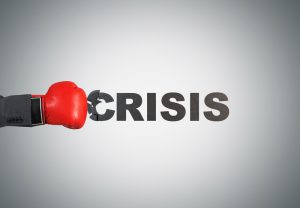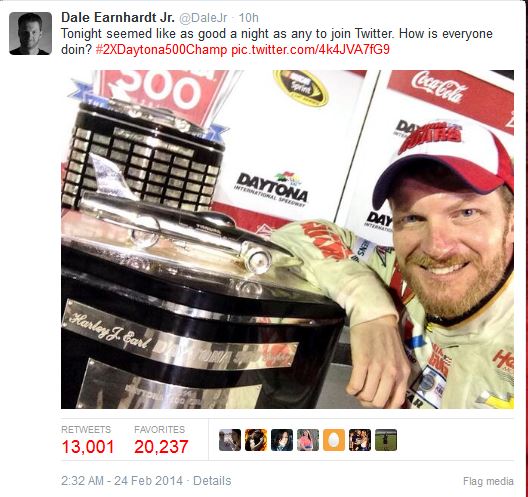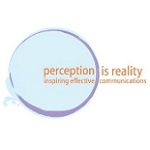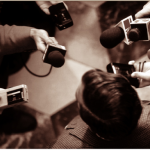
Make sure your trade booth staffers are on the lookout for media representatives and familiar with the schedule of media appointments.
Trade shows are an important component of most companies’ marketing initiatives. While participating in the show expo can be a valuable way to connect with customers and prospects at local and national levels, the promotional opportunities afforded by the event extend way beyond the exhibit booth. Boost your company’s return on investment and marketing success with a well-planned public relations effort to gain significant editorial coverage before, during and after the event.
Before the event
Start with pre-event publicity to maximize interest in and coverage of your activities through press releases, media alerts, invitations, and your company’s web site, newsletters and social media programs. Also take advantage of all the opportunities offered by trade show management, such as access to media lists and coverage in the event’s newsletter, show guide, website and social media.
Find out whether the show needs keynote speakers, panel discussion participants, presenters or authors of conference papers. Secure one of these opportunities for your business leaders and you’ll strengthen your industry reputation. Plus, you’ll form relationships with the trade editors, who will come to think of you as thought leaders and industry experts. Each speaking engagement offers the opportunity to send editorial advisories ahead of the event.Read full post...
 As a communication major at the University of Delaware, I have endured endless lectures and read countless chapters about the importance of crisis communication. Any public figure, organization, or institution is vulnerable to a “crisis,” whether a serious threat to people or property or a blow to their reputation. Public relations professionals know that the best way to handle crises is to have a plan. Read full post...
As a communication major at the University of Delaware, I have endured endless lectures and read countless chapters about the importance of crisis communication. Any public figure, organization, or institution is vulnerable to a “crisis,” whether a serious threat to people or property or a blow to their reputation. Public relations professionals know that the best way to handle crises is to have a plan. Read full post...


























